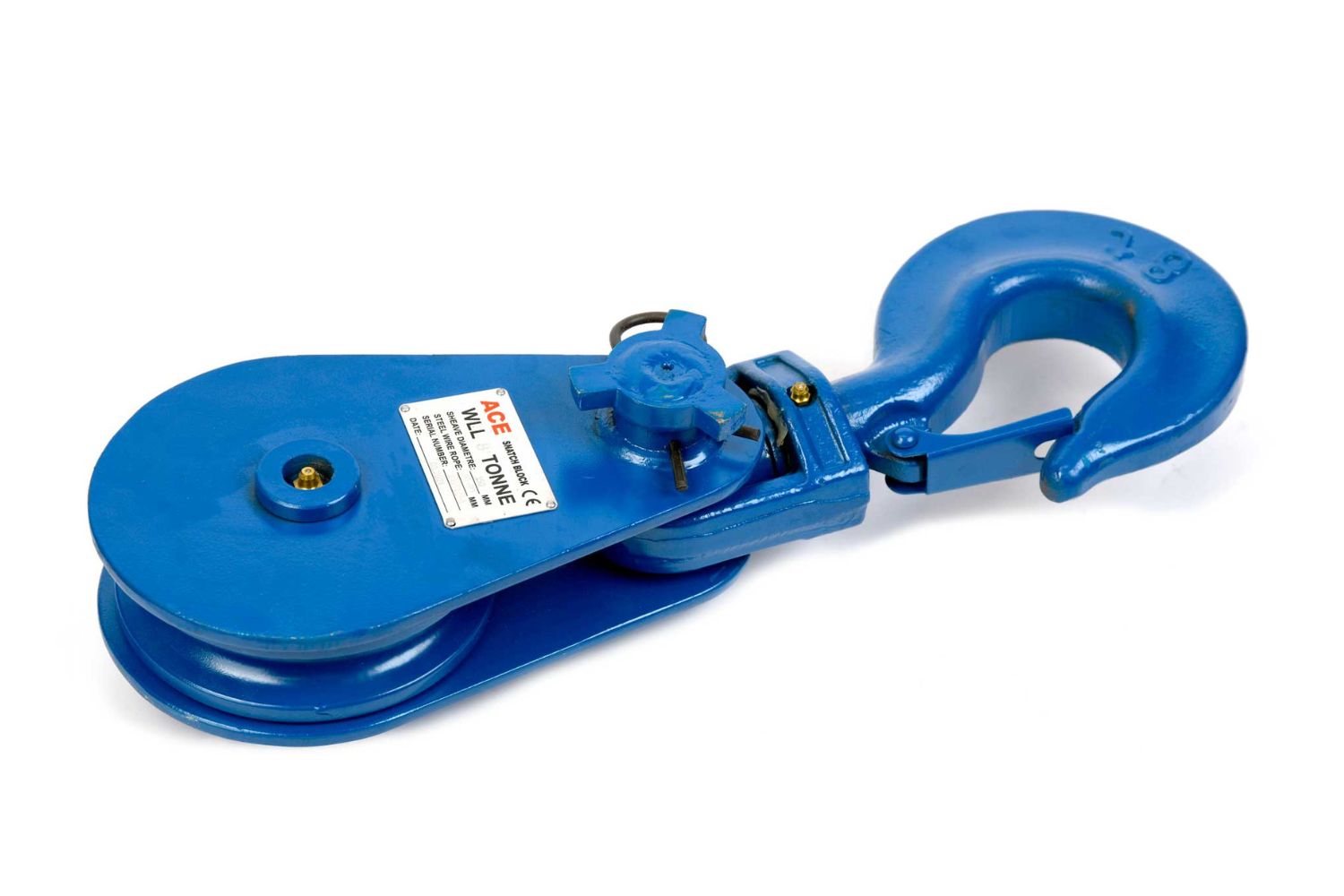
Are you ready to have your mind blown? Snatch blocks, those seemingly simple pulley systems, have some mind-blowing facts that will leave you fascinated. Whether you’re an expert in engineering or simply have a curious mind, these incredible facts about snatch blocks will surely captivate your attention. From their remarkable strength to their versatility in various industries, snatch blocks are an unsung hero in the world of mechanical systems. In this article, we will delve into eight mind-blowing facts about snatch blocks that will leave you in awe of their capabilities. So, fasten your seatbelt and get ready to be amazed by the wonders of snatch blocks!
Key Takeaways:
- Snatch blocks can double the pulling capacity of winches, making it easier to lift heavy objects by redirecting the rope through a pulley and back to the anchor point.
- Snatch blocks are versatile, portable, and can be used for both vertical and horizontal pulls, making them essential tools for various industries and recovery operations.
Snatch blocks can double the pulling capacity.
One of the most impressive features of snatch blocks is their ability to increase the pulling capacity of a winch or hoist. By routing the rope or cable through the pulley and back to the anchor point, the load can be effectively halved, thus making it easier to lift or tow heavy objects.
They are commonly used in recovery operations.
Snatch blocks are invaluable tools in vehicle recovery operations. When a vehicle gets stuck, a snatch block can be attached to an anchor point, and the rope is threaded through the pulley, providing a directional change to pull the vehicle out of a tight spot with less strain on the winch.
Snatch blocks help prevent rope damage.
When using a snatch block, the rope or cable is redirected, reducing the risk of damage caused by straight pull. The pulley allows for a smoother movement, minimizing friction and wear on the rope, extending its lifespan and ensuring safer operations.
They provide versatility in rigging configurations.
Snatch blocks offer flexibility in rigging configurations, allowing for various angles and directions of pull. This versatility makes them suitable for a wide range of applications, such as lifting, towing, and securing loads in different scenarios.
Snatch blocks come in different designs.
There are different types of snatch blocks available in the market, including single sheave, double sheave, and even triple sheave designs. Each design offers unique benefits and is suitable for specific loads and applications.
They can be used with different types of ropes or cables.
Snatch blocks are compatible with various types of ropes or cables, such as synthetic ropes, wire ropes, and even chains. This adaptability allows users to choose the most suitable option for their specific needs and requirements.
Snatch blocks can be used for both vertical and horizontal pulls.
Whether you need to lift a heavy load vertically or pull it horizontally, snatch blocks are up to the task. Their design and ability to change the direction of pull make them suitable for a wide range of pulling and lifting operations.
They are compact and portable.
Snatch blocks are compact and lightweight, making them easy to carry and transport to different job sites or locations. Their portability adds to their convenience and ensures they can be readily available for various applications.
These were just eight mind-blowing facts about snatch blocks, showcasing their versatility, durability, and usefulness in different industries. From increasing pulling capacity to preventing rope damage, snatch blocks have become an essential tool for many professionals. So next time you need to tackle a heavy lifting or towing task, consider harnessing the power of snatch blocks to make your job easier and more efficient.
Conclusion
In conclusion, snatch blocks are truly fascinating devices that have numerous applications in various industries. From their simple yet efficient design to their ability to multiply the force applied to a load, snatch blocks play a crucial role in tasks that require heavy lifting and pulling. The eight mind-blowing facts discussed in this article shed light on the incredible capabilities and versatility of snatch blocks.
Whether you’re involved in construction, rigging, or heavy machinery, understanding the functionality and benefits of snatch blocks can greatly enhance your efficiency and effectiveness. So next time you encounter a snatch block, you’ll have a newfound appreciation for its remarkable capabilities.
FAQs
1. What is a snatch block?
A snatch block is a pulley system that is designed to change the direction of a force or multiply the applied force when lifting or pulling heavy loads.
2. How does a snatch block work?
A snatch block consists of a wheel or sheave that rotates on an axle. The load line or rope is threaded through the snatch block, changing the direction of the force and reducing the strain on the equipment or vehicle used for lifting or pulling.
3. What are the benefits of using a snatch block?
Using a snatch block provides mechanical advantage, allowing you to multiply the applied force and lift or move heavier loads with ease. It also reduces the strain on equipment and prevents damage or excessive wear on ropes or cables.
4. Can snatch blocks be used for both lifting and pulling?
Yes, snatch blocks are versatile and can be used for both lifting and pulling tasks. They are commonly used in applications such as off-road recovery, vehicle towing, and hoisting heavy equipment.
5. Are snatch blocks only used in industrial settings?
No, snatch blocks can be utilized in various settings, including recreational activities. They are often used in off-road recovery situations, sailing, or even in DIY projects where heavy objects need to be moved or lifted.
6. Are snatch blocks easy to install and use?
Yes, snatch blocks are relatively simple to install and use. However, it is essential to follow the manufacturer’s instructions and ensure that the load is properly secured to prevent accidents or equipment failure.
7. Can snatch blocks be used with any type of rope or cable?
Snatch blocks can be used with a variety of ropes or cables, but it is crucial to choose the appropriate type and size to ensure safe and efficient operation. It is recommended to consult the manufacturer’s guidelines or seek professional advice if unsure.
8. Are there different types of snatch blocks available?
Yes, there are various types of snatch blocks available, including standard snatch blocks, self-locking snatch blocks, and high-capacity snatch blocks. Each type has its specific features and capabilities, suited for different applications and load requirements.
Was this page helpful?
Our commitment to delivering trustworthy and engaging content is at the heart of what we do. Each fact on our site is contributed by real users like you, bringing a wealth of diverse insights and information. To ensure the highest standards of accuracy and reliability, our dedicated editors meticulously review each submission. This process guarantees that the facts we share are not only fascinating but also credible. Trust in our commitment to quality and authenticity as you explore and learn with us.


